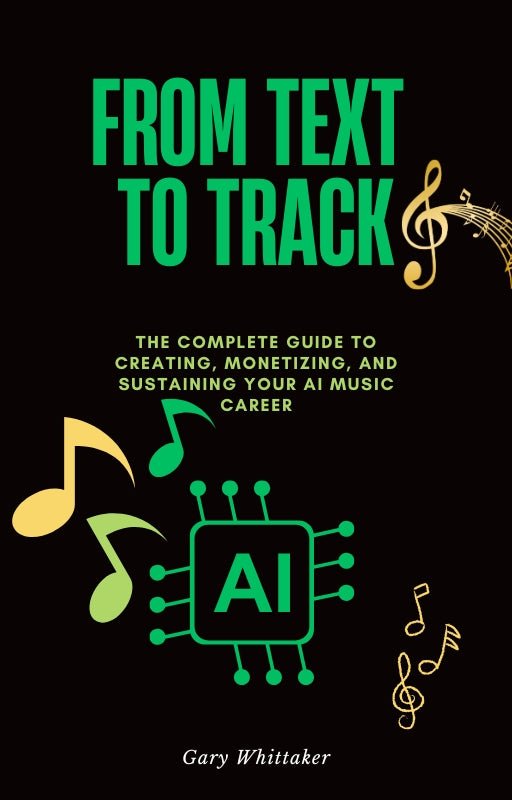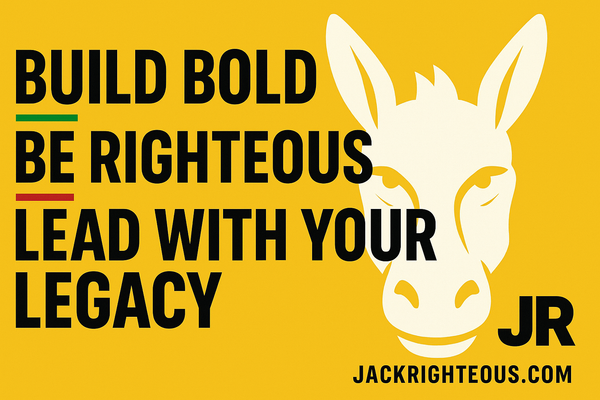
AI Music Success: Real Use Case from 'From Text to Track
Gary WhittakerFrom Text to Track: Promoting AI Music Creation and Monetization
The world of music creation is evolving rapidly, and the intersection of creativity and technology is reshaping the industry. In my book, From Text to Track: Mastering AI Music Creation, Monetization, and Growth, I’ve aimed to provide a comprehensive guide to harnessing AI tools to create, refine, and share music. But today, I want to take a slightly different approach to promote this book—by sharing a personal story and use case featuring my son, a talented sound engineer and musician, who overcame his initial skepticism of AI to create something extraordinary.
The Initial Skepticism
When I first introduced my son to Suno AI during its V3 iteration, he was intrigued by its capabilities but held a firm stance against using AI-generated music for his projects. As a sound engineer deeply committed to crafting music from the ground up, he felt that fully owning the creative process was essential to his artistry. While he understood why I and others might explore AI tools, he remained unconvinced about its role in his own work.
The Turning Point
Fast forward to the release of Suno AI V4, and everything changed. With improved features and enhanced creative possibilities, V4 opened the door for him to reconsider the potential of AI in music creation. After a few gentle nudges from me and a closer look at what Suno could now achieve, he signed up for his own account (The Ghost That Makes Dubstep) and began exploring its capabilities. The result? A brand-new album released after years of hiatus, fully embracing the AI-assisted workflow.
The Results
My son’s album, created using AI-sourced music from Suno AI V4, achieved an incredible milestone: 1,000 streams within just three days of its launch. His journey wasn’t just about using AI but applying advanced prompting techniques and strategies—many of which are covered in From Text to Track.
These techniques helped him:
- Refine his creative vision while maintaining authenticity.
- Structure his tracks to appeal to both casual listeners and dedicated fans.
- Leverage AI to expedite the production process without compromising quality.
The Role of From Text to Track
The tools, strategies, and actionable prompts detailed in From Text to Track were instrumental in his success. Here are some of the key takeaways he applied:
- Advanced Prompting Techniques: By understanding how to communicate effectively with AI tools, he crafted tracks that resonated with his audience.
- Marketing and Branding Insights: Using the branding templates and marketing campaign planners from the book, he was able to engage listeners and drive traffic to platforms like Spotify and Instagram.
- Monetization Strategies: Practical approaches to monetizing music—including licensing and sync deals—helped him see the broader potential of his creations.
A Call to Action
This experience underscores the transformative power of AI in music creation, not just for hobbyists or enthusiasts but for seasoned professionals as well. I’m proud to see my son embrace this technology and thrive, and I’m equally excited to share this journey with readers of From Text to Track.
To explore his music and see the results firsthand, check out:
And if you’re ready to dive into AI music creation yourself, grab your copy of From Text to Track here. Whether you’re an aspiring creator, content producer, or seasoned musician, this book offers the roadmap to turn your ideas into impactful tracks and a sustainable career.
Join us in redefining the future of music—one track at a time.
